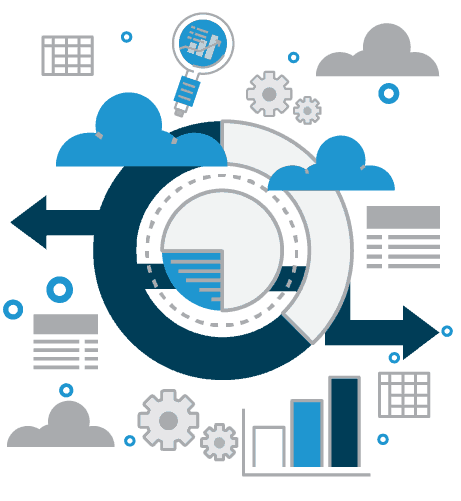
Along side the Small Business Association (SBA), TFS educates and provides logistical support to carriers, brokers, freight forwarders, and shippers. TFS is an acknowledged provider of a full range of legal, administrative, and operational resources necessary for successful providers.
TFS Consultants offer your organization solutions for all appropriate requirements of the Federal Motor Carrier Safety Administration (FMCSA) and Department of Transportation (DOT).